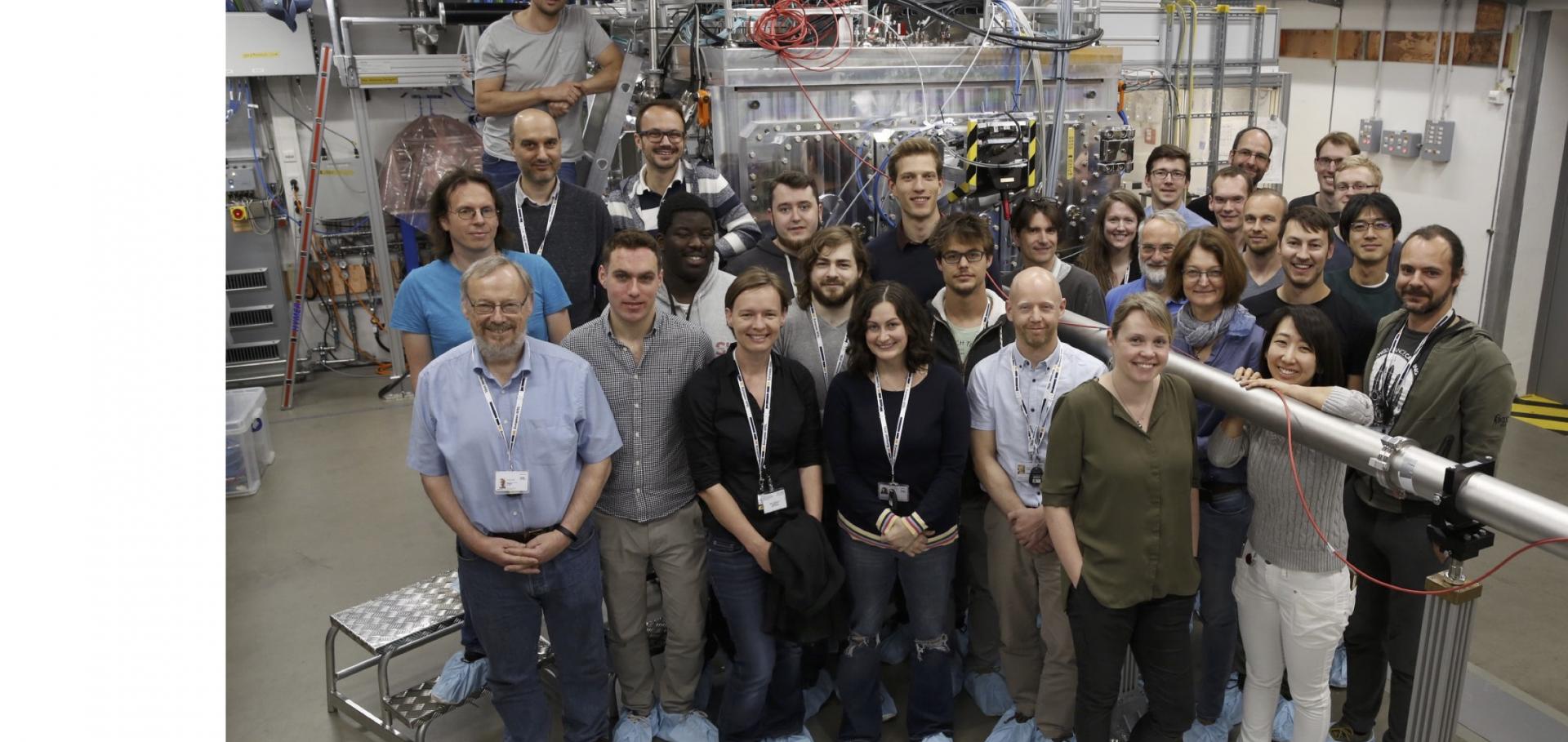Extreme ultraviolet line emission at 24.7 nm from Li-like nitrogen plasma produced by a short KrF excimer laser pulse
APPLIED PHYSICS LETTERS 69:7 (1996) 884-886
High Harmonic Generation in Atoms and Ions
Chapter in Super-Intense Laser-Atom Physics IV, Springer Nature (1996) 421-431
High gain recombination XUV lasers and efficient XUV harmonics from ps laser pulse interactions with solid targets
INST PHYS CONF SER (1996) 122-129
Abstract:
We present recent developments on high gain recombination XUV lasers and efficient XUV harmonics from solid targets using the CPA Vulcan laser beam at the Rutherford Appleton Laboratory (RAL). Following successful experiments on the hydrogen-like carbon recombination laser at 18.2 nm, high gain operation has also been demonstrated at 11.1 nm in the sodium-like copper recombination XUV laser by irradiating thin fibre targets at intensities of 6x10(15) Wcm(-2) with 2 ps laser pulses. This experiment has shown that 2 ps is the optimum pulse duration to drive the sodium-like copper laser. In addition to the recombination laser experiments, highly efficient harmonics up to 75th order at 14.0 nm have been observed in the interaction of 2 ps laser pulses with solid targets for intensities up to 10(19) Wcm(-2). The conversion efficiency is estimated to be greater than or equal to 10(-6) at 10(19) Wcm(-2) for harmonic orders up to the 68th.High-order harmonics of 248.6-nm KrF laser from helium and neon ions
PHYSICAL REVIEW A 53:1 (1996) R31-R34
Measurements of the hole boring velocity from Doppler shifted harmonic emission from solid targets
PHYSICS OF PLASMAS 3:9 (1996) 3242-3244


